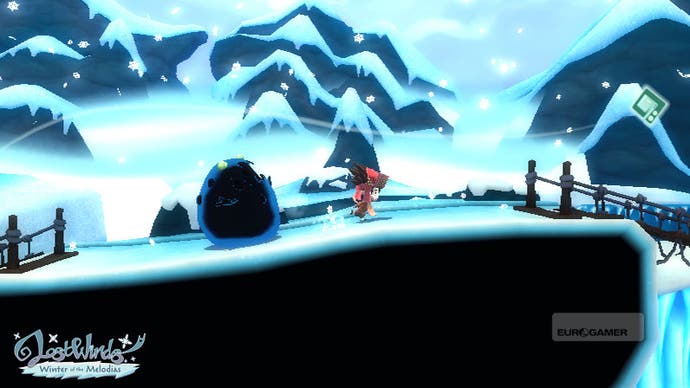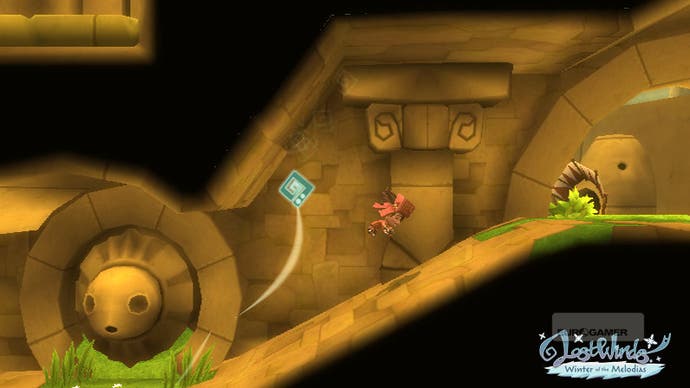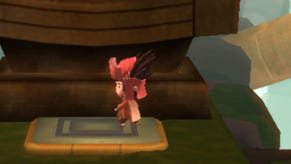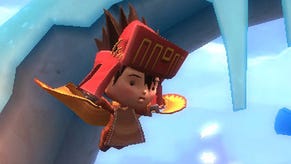LostWinds: Winter of the Melodias
Time of the seasons.
I played through the sequel to LostWinds while coming down with a cold - firmly wedged into an armchair, wearing my best Sherlock Holmes dressing gown, and gently lurking within that meandering, slightly introspective fug brought on by too much Lemsip. It turned out to be the perfect state in which to appreciate Frontier's latest blustery charmer, but enjoyment of the game is by no means limited to whether you're feeling a peaky. LostWinds: Winter of the Melodias is a lovely game, building on the strengths of the original, yet finding time to respond to most of the lingering gripes. If this is the kind of thing WiiWare can do, let's have some more of it, frankly.
The most regular criticism levelled at Toku's first adventure was that it was too short: a nice position for Frontier to be in, with its tacit acceptance that the core of the experience was pretty solid. It's a complaint LostWinds 2 has taken to heart, and the first sign that this is a weightier chunk of whimsy comes with the plot. Toku's mother Magdi has gone missing in the midst of an archaeological expedition, and the quest to find her will take the young boy and his chirpy wind spirit companion to the curiously named Summerfalls Village, a frozen outpost menaced by mysterious snow monsters, nestled on the edge of the ancient ruins of Melodia City. As the frightening fate of the Melodias themselves becomes increasingly clear, the mission becomes a race against time, and that, in turn, brings Toku into conflict with an old foe.

By necessity, then, it's a bigger adventure, and - an admission that many players found navigating the original title's snug world something of a challenge at times - one of the first new features Winter of the Melodias introduces is a map. That by itself shouldn't feel like a huge change, but it allows the game a potential for sophistication that otherwise wouldn't have been possible. It's an opportunity Frontier runs with, creating a complex network of environments where each level is often a single ingenious puzzle, whether you're patiently coaxing a flickering flame across a maze of torches or struggling to awaken ancient machines.
On top of such a promising basis, a handful of new powers allow the designers to be truly devious, most noticeably once Toku's been granted the ability to switch seasons at specific shrines in each level, transforming the game world from biting winter to lazy summer: sometimes opening paths by melting walls of solid ice, sometimes closing them, by turning potential walkways into slippery streams, but always making old areas seem new and surprising. Toku can swim on this outing, as well, bringing into reach a number of subterranean caves and hidden grottoes.

More important, however, are new wind powers like the Cyclone, a buzzing column of air summoned from the ground with a pinch of A and B, and a swift shake of the remote. The Cyclone adds a handful of new options to a game that was already becoming something of a science experiment, allowing you to dig through rocks, and draw water up into clouds to move it about, draining pits, or filling them with a sudden burst of rain. Meanwhile, old moves like Vortex can spin falling snow into balls, useful for shattering icicles and weighting down switches, while, as the game grinds towards its conclusion, Gust can be used to... Um, best not to say, actually.




